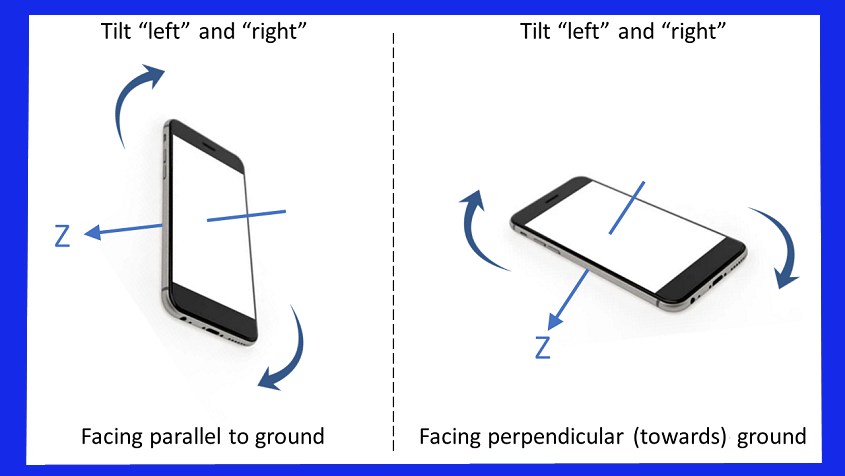Advantages of Mobile Gyroscope Sensors:
- Precise Motion Tracking: Gyroscope sensors offer accurate measurement of rotational motion, providing precise tracking of device orientation and movement.
- Enhanced User Experience: Gyroscope sensors enable motion-controlled interactions in gaming, augmented reality, and virtual reality applications, enhancing user immersion and engagement.
- Improved Navigation: In combination with other sensors like accelerometers and magnetometers, gyroscope sensors enhance navigation accuracy in GPS systems, location-based services, and indoor positioning.
- Image and Video Stabilization: Gyroscope sensors help stabilize images and videos by compensating for device movements, resulting in smoother and clearer footage, especially in handheld photography and videography.
- Low Power Consumption: Modern gyroscope sensors conserve battery life in mobile devices by being energy-efficient and consuming minimal power while providing accurate motion sensing capabilities.
Disadvantages of Mobile Gyroscope Sensors:
- Drift Error: Gyroscope sensors may suffer from drift error over time, leading to inaccuracies in orientation estimation, especially in long-term applications without recalibration.
- Cross-Axis Sensitivity: Some gyroscope sensors exhibit cross-axis sensitivity, where movements along one axis may affect measurements on other axes, potentially leading to errors in motion tracking.
- Limited Dynamic Range: Gyroscope sensors have a limited dynamic range, which may restrict their ability to accurately detect extremely slow or fast rotational motions beyond their specified range.
- Susceptibility to External Factors: External factors such as temperature variations, electromagnetic interference, and mechanical shocks can influence the accuracy and reliability of gyroscope sensor measurements.
- Complex Calibration Requirements: Achieving optimal performance with gyroscope sensors may require complex calibration procedures to compensate for sensor biases, offsets, and environmental conditions, which can be challenging for end-users.
- Cost: High-quality gyroscope sensors with advanced features and performance may come at a higher cost, which can impact the overall cost of devices incorporating these sensors.
Despite these disadvantages, mobile gyroscope sensors remain essential components in smartphones, tablets, wearables, and other portable devices, offering valuable motion sensing capabilities for a wide range of applications.


